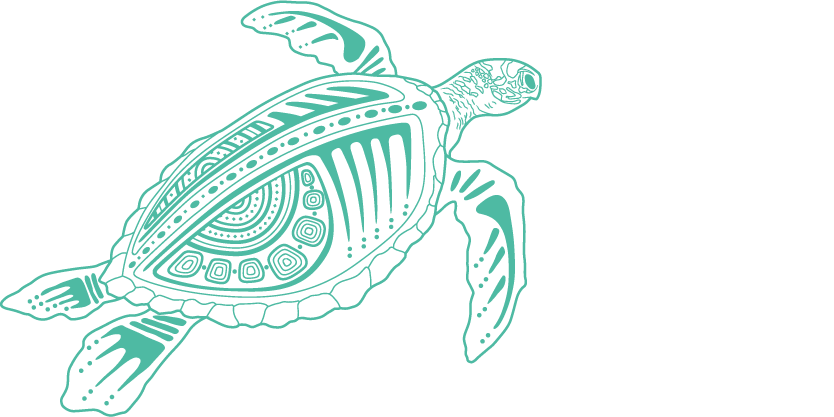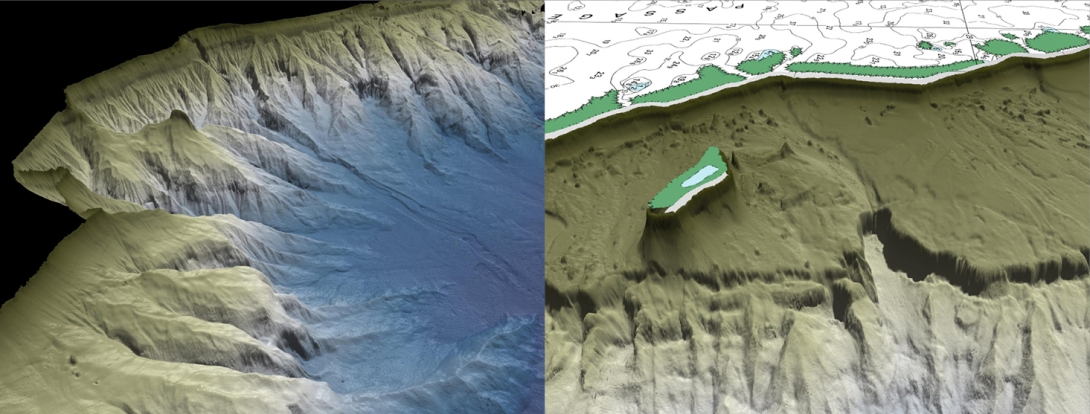The continental slope marks a relatively steep transition from the continental shelf to the deeper ocean basins. Covering about 15 per cent of the Region, the continental slope is a major part of the underwater landscape within the Marine Park. Slope habitats provide important connections within the Region and with the adjacent Coral Sea Marine Park.238
Within the slope, deep incisions have been carved out, creating steep-sided valleys called submarine canyons. The Region has more than 100 of Australia’s 750 submarine canyons, found from the central to the far northern Reef.239 Some of these canyons follow the paths of ancient river courses, while others have formed where sections of the slope have slipped away in undersea landslides.194,240 Some are complex, interconnected systems incorporating channels, internal sand waves, landslides, and plunge pools.241 These canyons play a crucial role in supporting and regulating the Reef’s ecosystems, acting as conduits for cold, nutrient-rich waters to well up from the ocean depths to the slope and shelf.239



